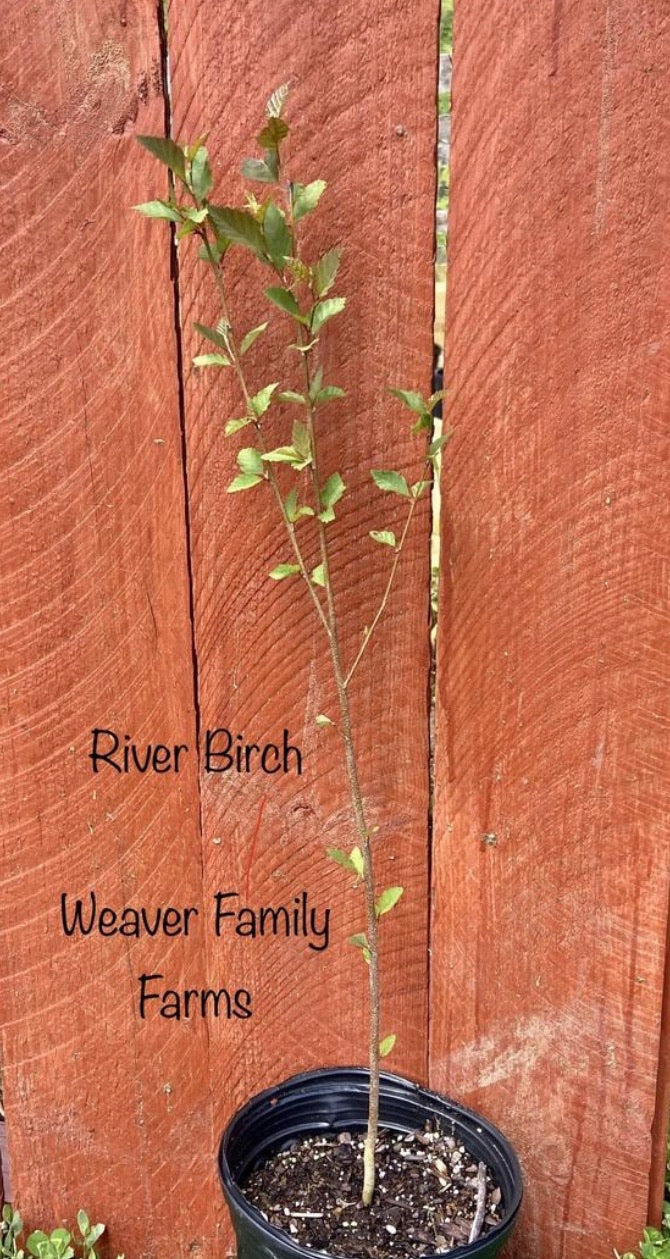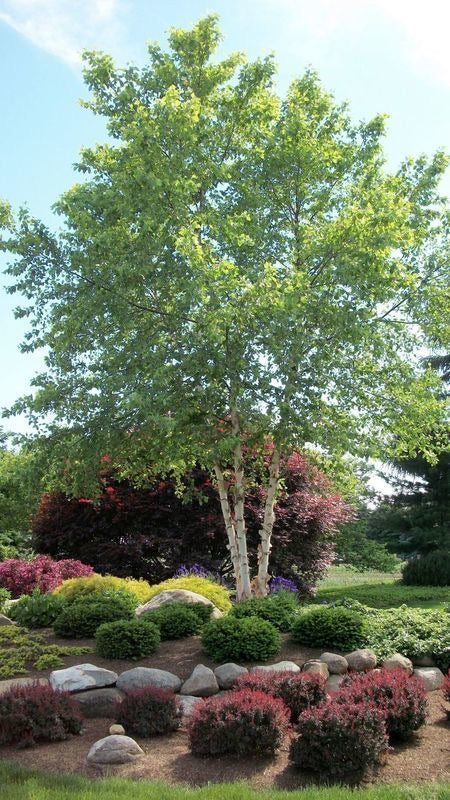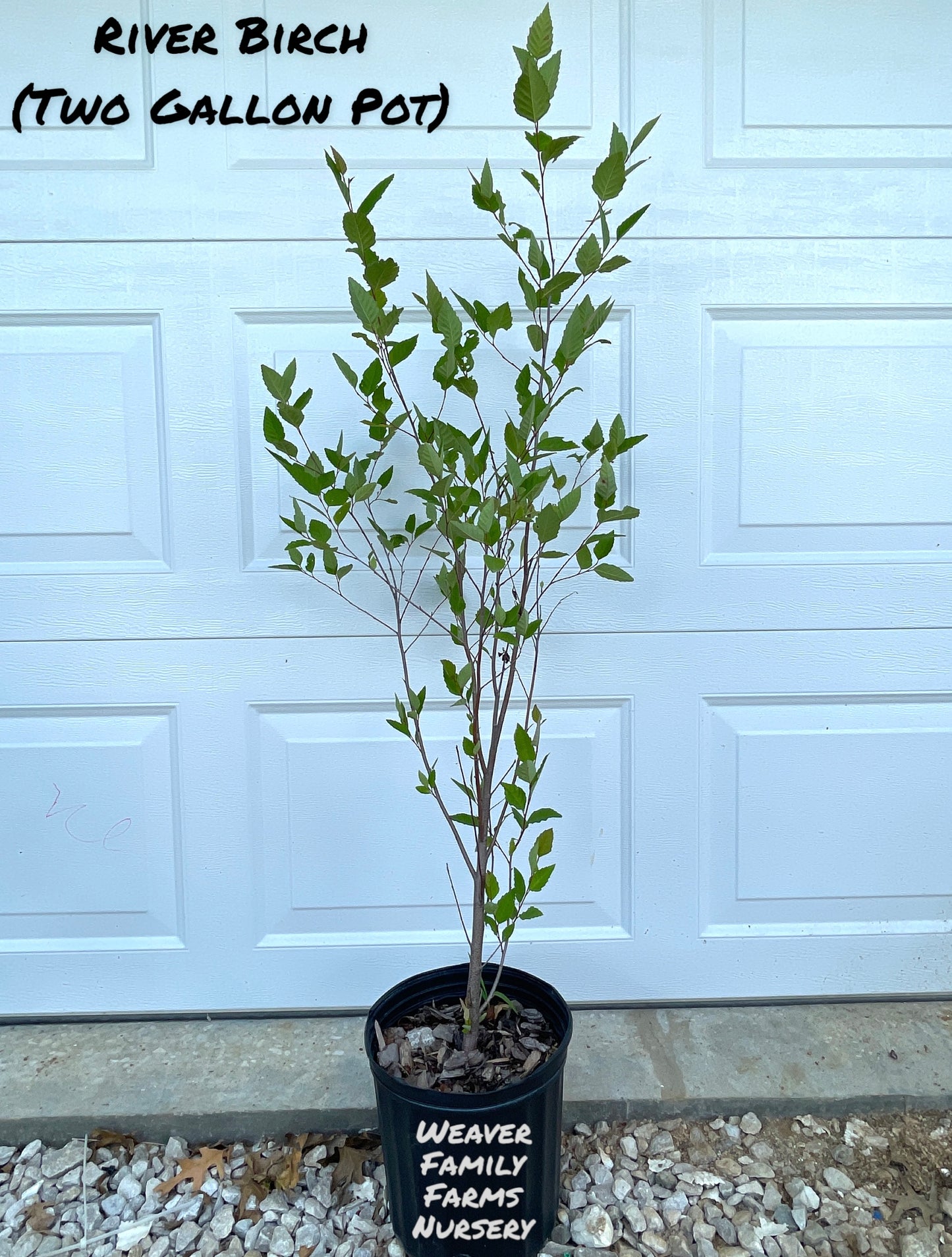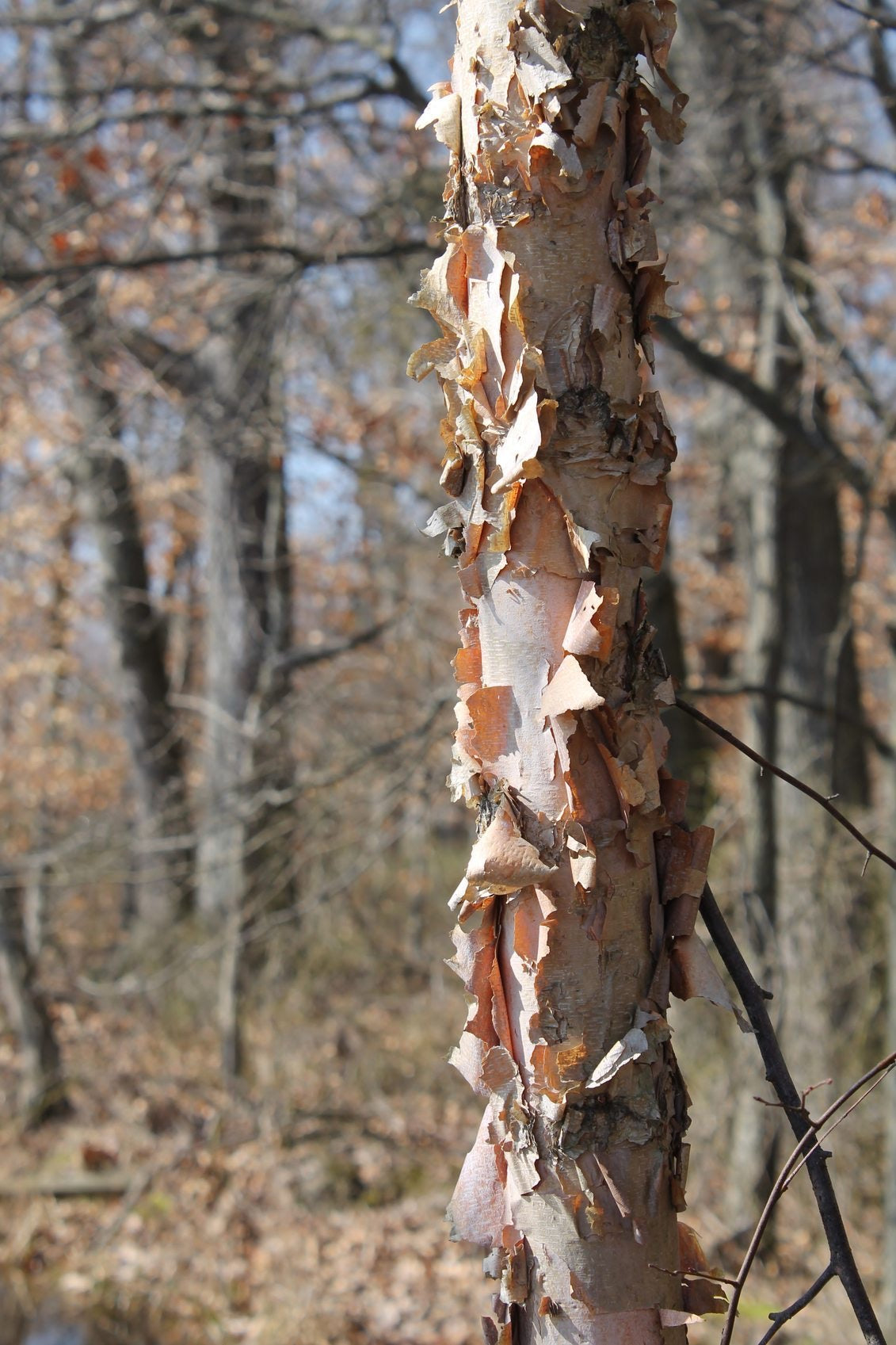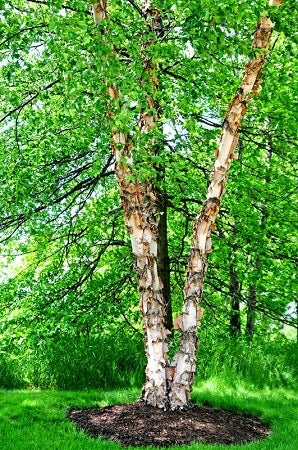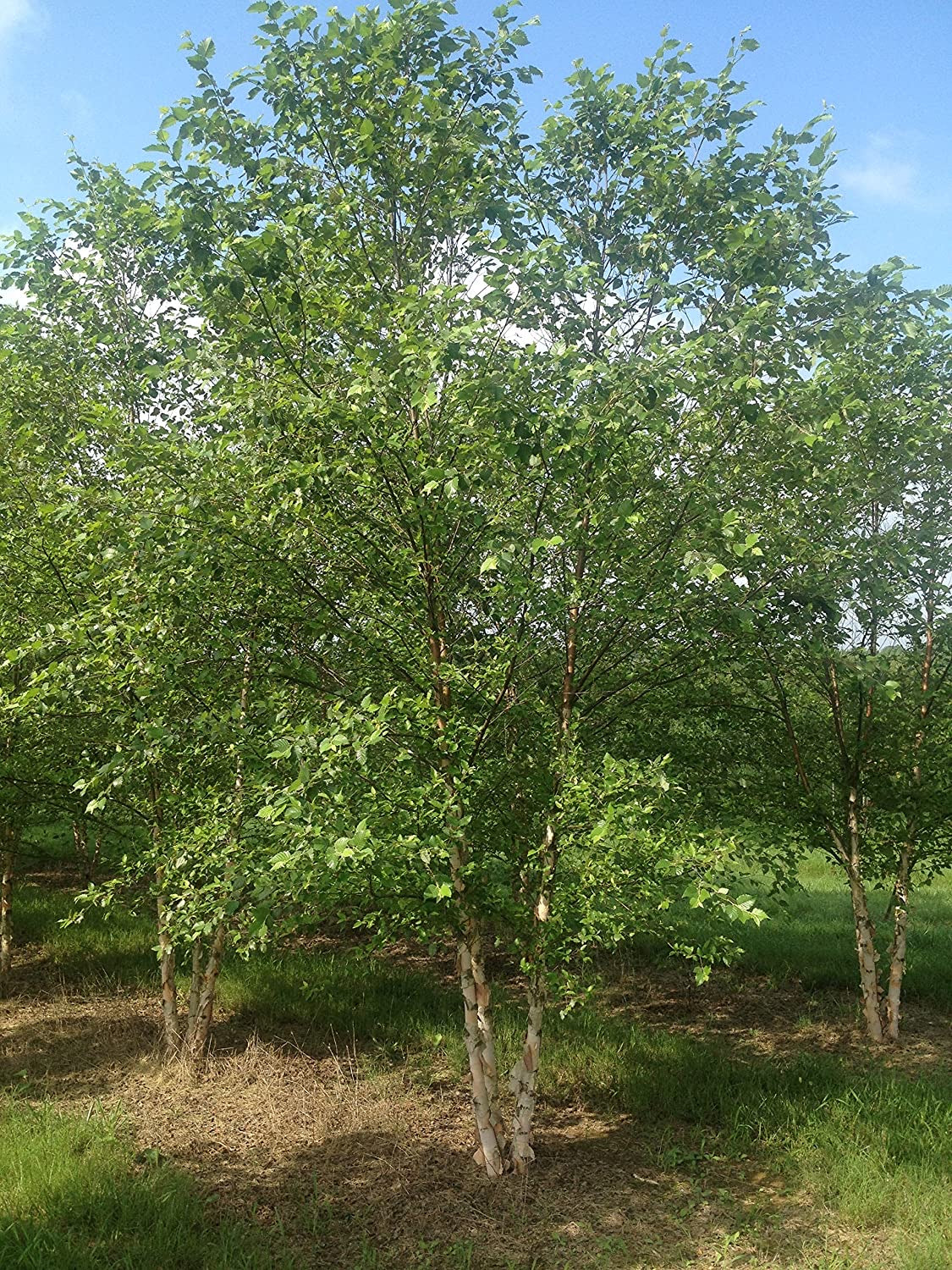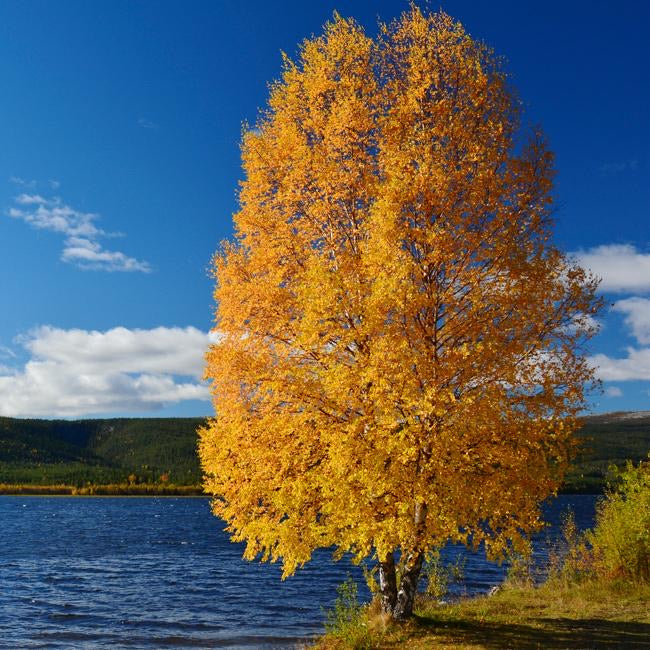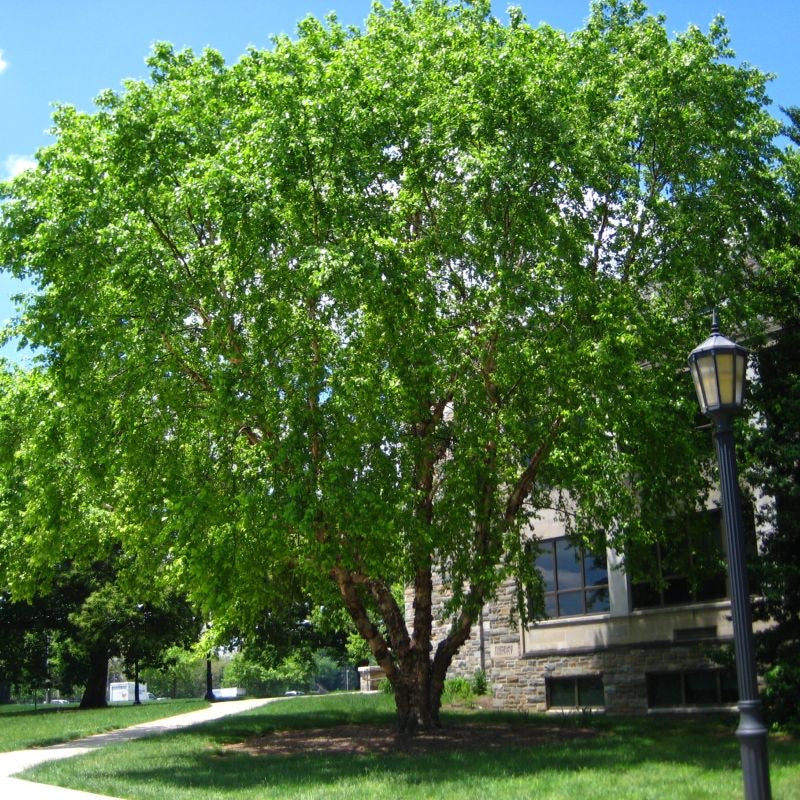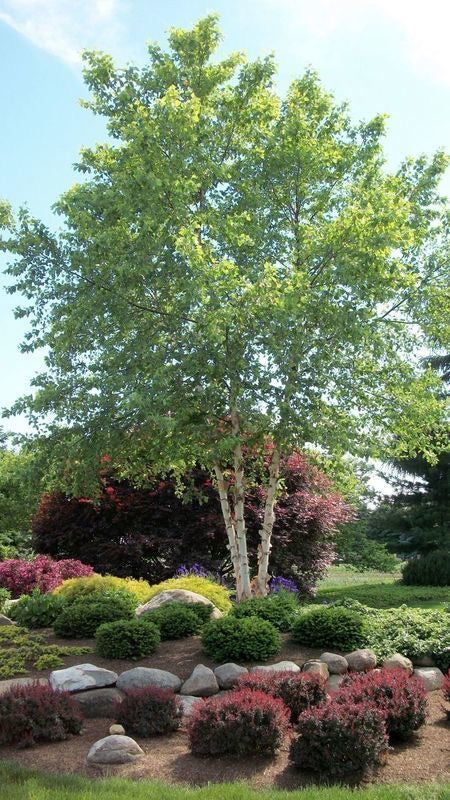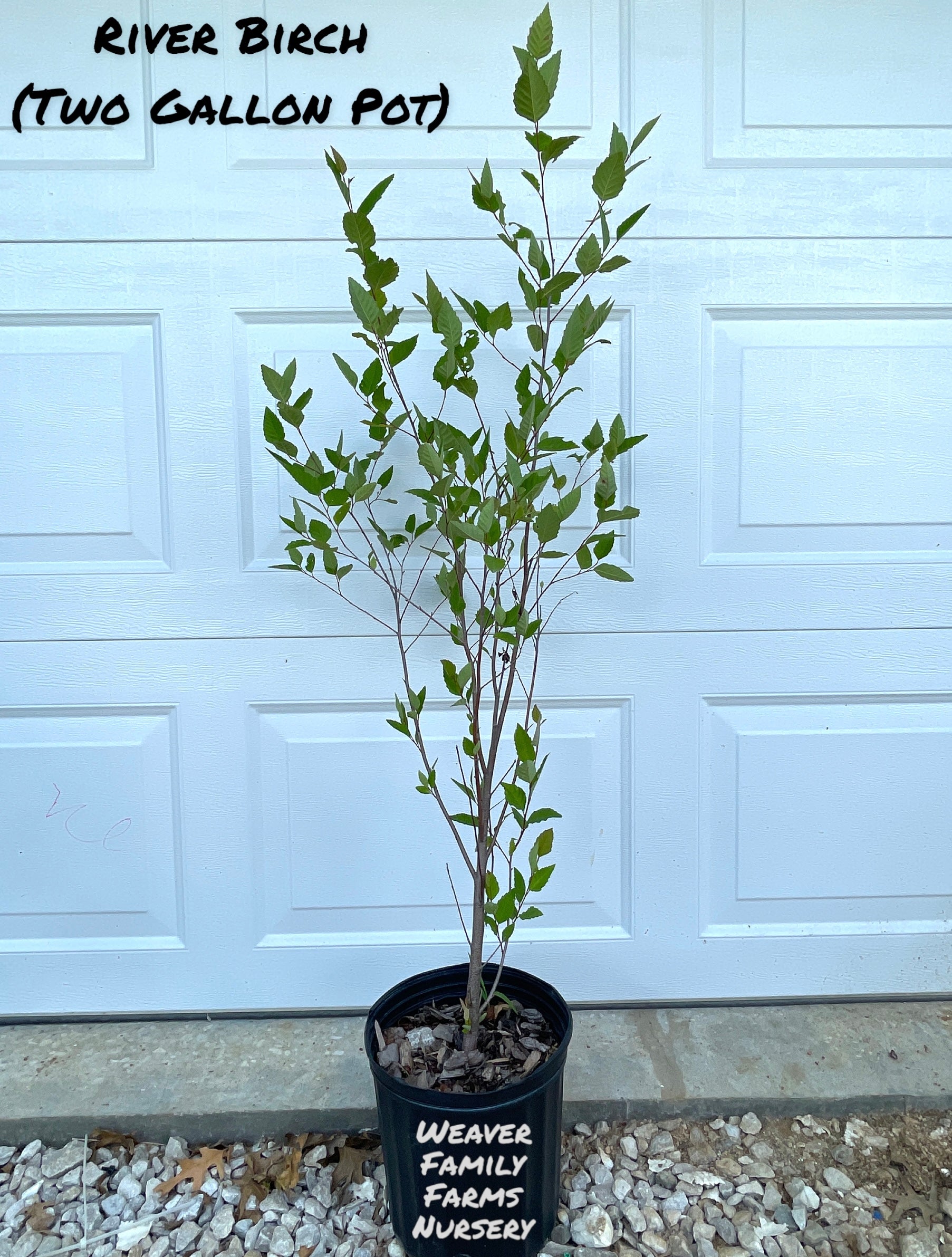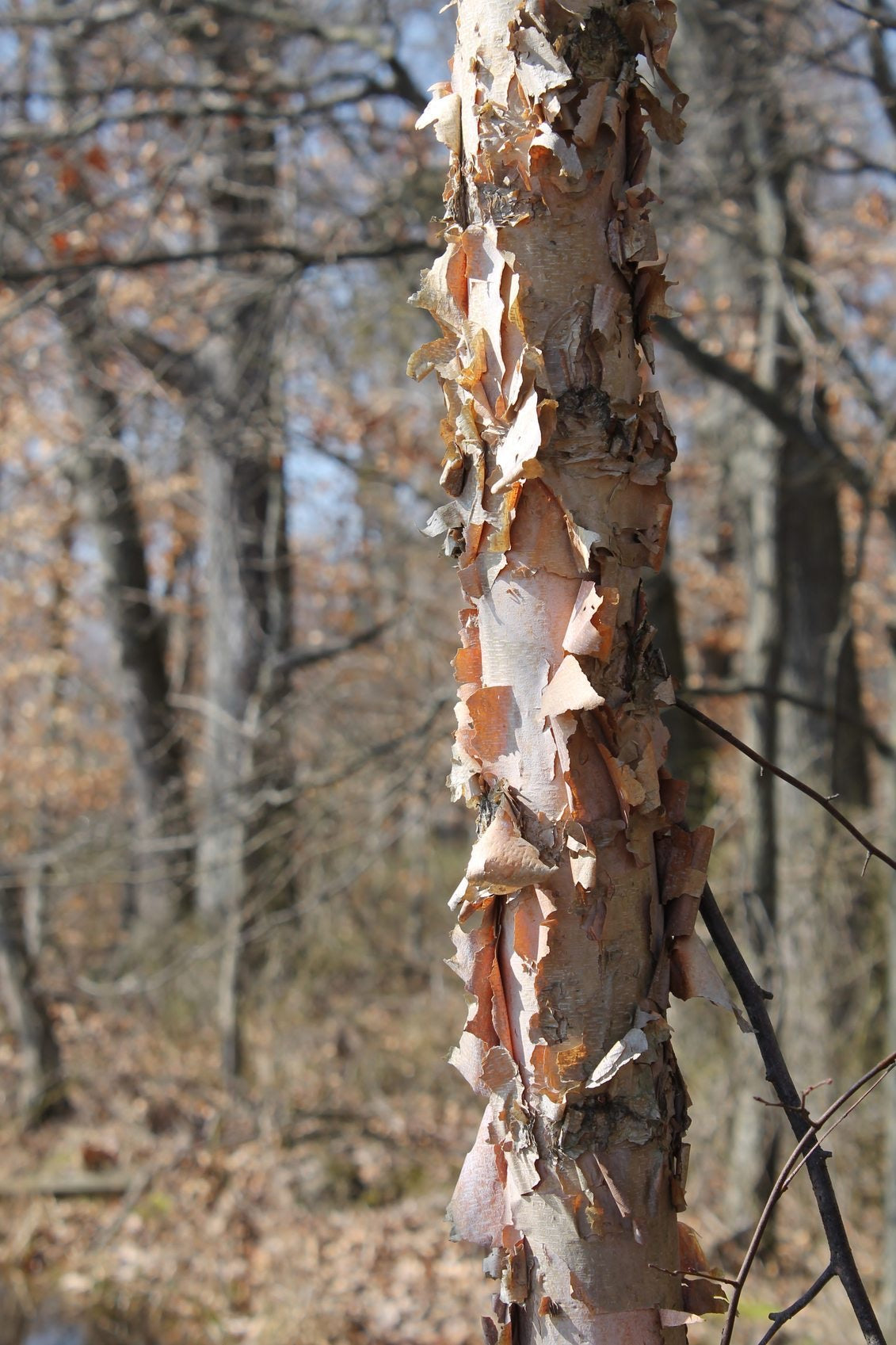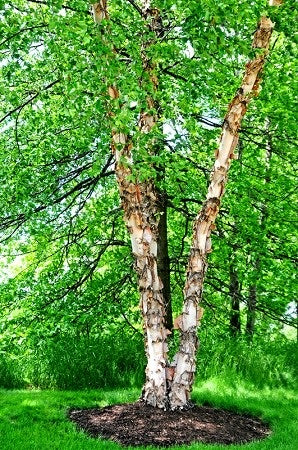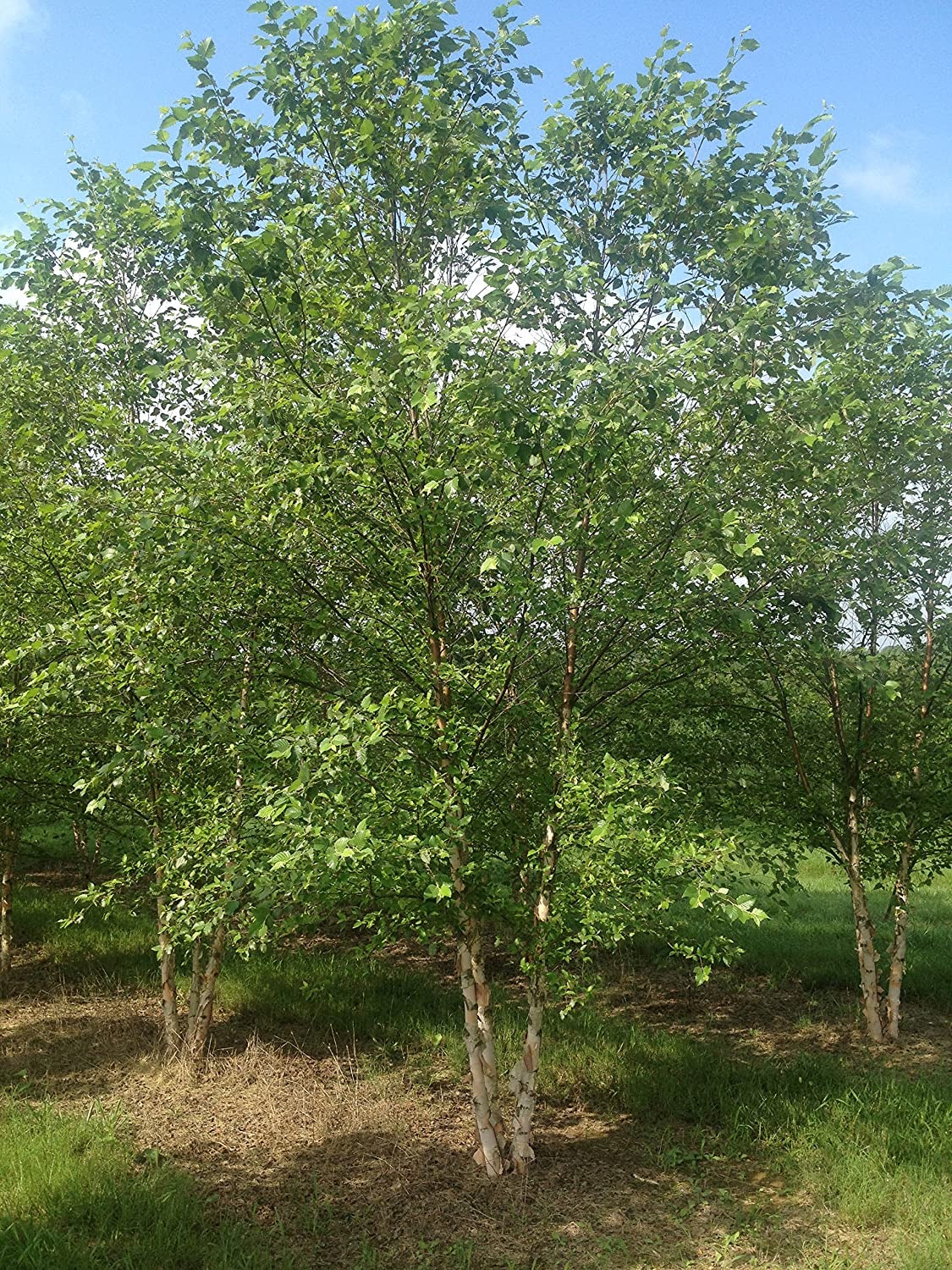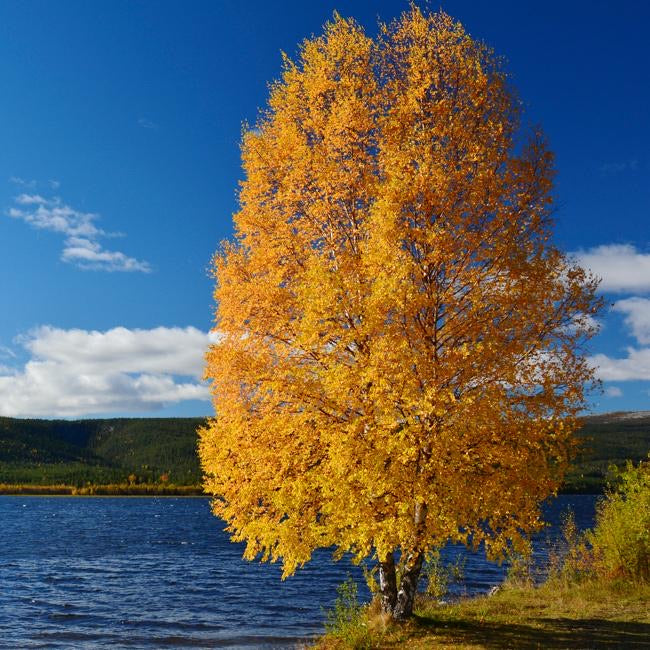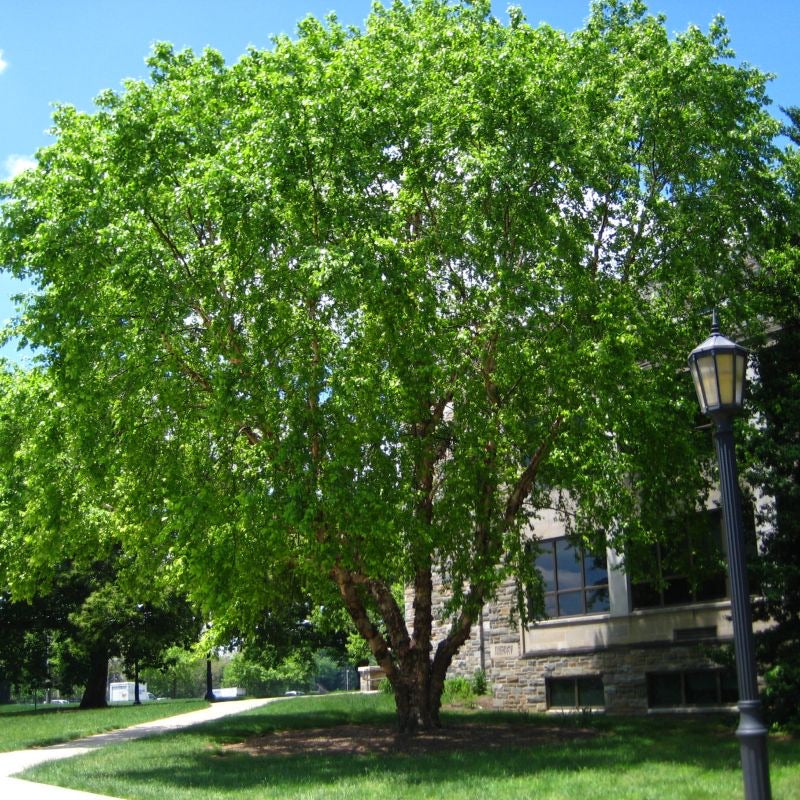We have 4 in stock
Couldn't load pickup availability
The Water Birch (Betula nigra), also commonly known as the River Birch, is a fast-growing, resilient shade tree celebrated for its unique peeling bark and adaptability to wet conditions. With its striking cinnamon-brown bark that peels to reveal creamy underlayers, the Water Birch adds year-round interest to any landscape, thriving in both damp and well-drained soils. This tree is a favorite among gardeners and landscapers looking for a hardy, fast-growing shade provider with beautiful texture and color.
Why Choose the Water Birch?
- Thrives in Wet Areas: Known as a river birch, this tree is perfect for low-lying or damp areas, though it can thrive in various soil types.
- Unique, Peeling Bark: The Betula Nigra boasts distinctive bark that peels in layers, providing visual interest even in winter.
- Fast-Growing Shade: Growing quickly into a full, rounded canopy, the water birch is an ideal shade tree, especially for larger landscapes.
Other Names for Water Birch
- River Birch Tree
- Betula Nigra
- Betula Nigra River Birch
- River Birch Betula
This variety of names ensures you’re getting the correct river birch for your landscape needs.
Practical Considerations
The Water Birch does best in full sun to partial shade, thriving in various soils, including clay and sandy areas. It pairs well with other large shade trees like the Catalpa Tree or selections from our Fast Growing Plants Collection for a balanced and lush landscape.
Specifications:
- Name: Water Birch (Betula nigra)
- Grow Zone: 4 to 9
- Growth Speed: Fast
- Light Requirements: Full sun to partial shade
- Average Full-Grown Height: 40 to 70 feet
- Average Full-Grown Width: 30 to 40 feet
- Deciduous or Evergreen: Deciduous
Estimated Size
Your Water Birch tree will arrive healthy and ready to establish in your landscape, quickly growing into a broad, attractive shade tree over the next several years.
Explore More About Water Birch
For more planting and care tips, check out our FAQ page, and discover other large shade trees in our Large Shade Trees Collection to enhance your outdoor space.
Shipping
Shipping
All of our trees ship Bareroot which means they will ship with no soil and no pot. This allows the plants to have a safer trip through the mail as well as to cut down on shipping costs majorly. The roots will be carefully removed from the pot they are growing in, and then wrapped in moist material with the roots sealed up to keep them moist during transit.
Shipping Restrictions
Shipping Restrictions
To follow your state regulations, we can not ship this plant to California, AZ, AK, HI
Deliveries to WA, UT, ID, NV, MT, ND, and SD MUST be shipped Bareroot.
Check Out Our States We Can Ship To Guide
Will My Plant Have Leaves?
Will My Plant Have Leaves?
The arrival of your plant may vary depending on the season you order. In zone 6, plants have leaves during the growing season but not in late fall, winter, or early spring when they are dormant.

Bareroot Vs Potted Plants
Bareroot Vs Potted Plants
Our method involves combining potted and bareroot plants. They are initially grown in pots before being carefully shipped without the pot or heavy dirt, as per shipping regulations. The plant is then sent to you bareroot.
Click Here To See More Information About Bareroot VS Potted Trees

What Is A Dormant Tree?
What Is A Dormant Tree?
A dormant tree is a deciduous plant that appears asleep and does not have leaves upon arrival. Proper planting and care are necessary until it awakens in the growing season.
Click Here To See The Best Time Of Year For Planting Trees In The Ground

What Is A Grow Zone?
What Is A Grow Zone?
A grow zone is the precise USDA zone where you reside. Certain plants are not adaptable to colder zones, while others struggle in warmer zones. Familiarizing yourself with your zone and the plant's compatibility is vital. Click Here to learn more about grow zones.

What If I Have Other Questions?
What If I Have Other Questions?
We have a great FAQ page that answers many more questions and in great detail to help you have success with your new plants! See Our Frequently Asked Questions Here.
